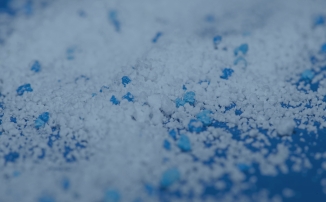
La recommandation d’inclusion à l’Annexe XIV
L’ECHA a recommandé l’inclusion de 18 substances extrêmement préoccupantes à la liste des substances soumises à autorisation : l’Annexe XIV du règlement REACH. C’est la neuvième recommandation de l’ECHA à la Commission Européenne en la matière.
Certaines de ces substances ne sont pas utilisées dans l’Union Européenne mais elles pourraient être utilisées en remplacement d’autres substances recommandées à l'inclusion dans la liste des substances soumises à autorisation. C’est donc ce que l’ECHA souhaite empêcher en les ajoutant elles aussi à l’Annexe XIV. C’est maintenant à la Commission Européenne en collaboration avec les États Membres et le Parlement Européen de prendre la décision finale.
Les substances recommandées
Ci-après la liste des substances que l’ECHA se propose d’ajouter à la liste des substances soumises à autorisation ainsi que les propriétés SVHC (substances of very high concern, ou substances extrêmement préoccupantes) correspondantes :
Vous souhaitez en savoir plus sur les substances soumises à autorisation ?
Pour plus d’informations, n’hésitez pas à contacter nos experts.
La recommandation d’inclusion à l’Annexe XIV
L’ECHA a recommandé l’inclusion de 18 substances extrêmement préoccupantes à la liste des substances soumises à autorisation : l’Annexe XIV du règlement REACH. C’est la neuvième recommandation de l’ECHA à la Commission Européenne en la matière.
Certaines de ces substances ne sont pas utilisées dans l’Union Européenne mais elles pourraient être utilisées en remplacement d’autres substances recommandées à l'inclusion dans la liste des substances soumises à autorisation. C’est donc ce que l’ECHA souhaite empêcher en les ajoutant elles aussi à l’Annexe XIV. C’est maintenant à la Commission Européenne en collaboration avec les États Membres et le Parlement Européen de prendre la décision finale.
Les substances recommandées
Ci-après la liste des substances que l’ECHA se propose d’ajouter à la liste des substances soumises à autorisation ainsi que les propriétés SVHC (substances of very high concern, ou substances extrêmement préoccupantes) correspondantes :
Vous souhaitez en savoir plus sur les substances soumises à autorisation ?
Pour plus d’informations, n’hésitez pas à contacter nos experts.







